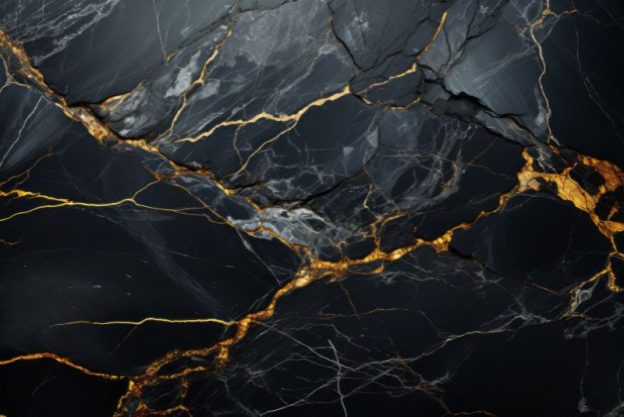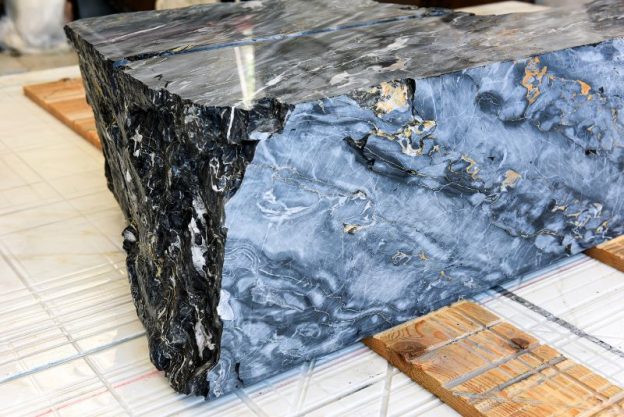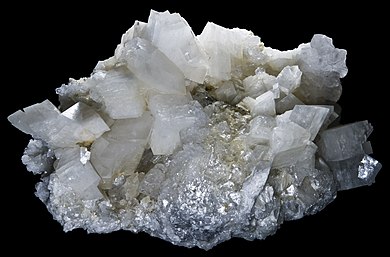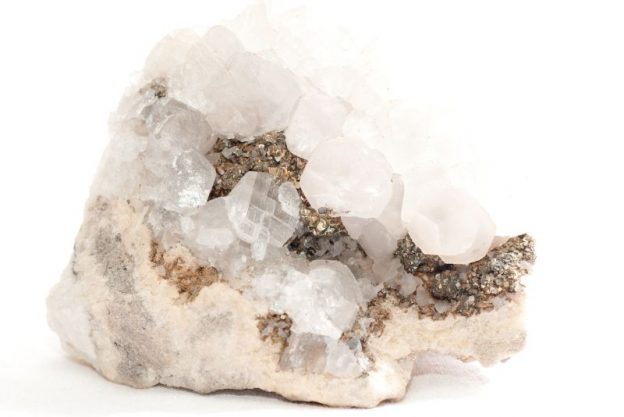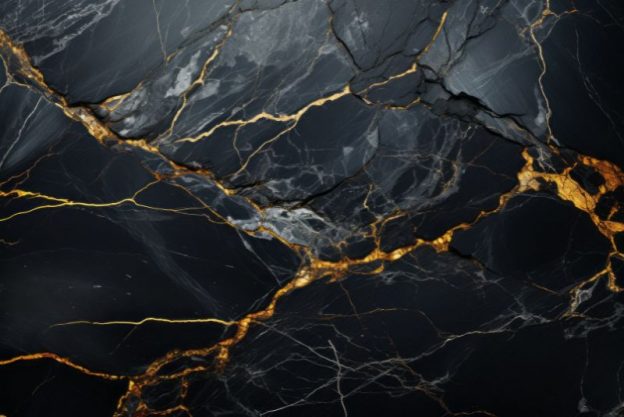Marble tiles are a luxurious choice for both indoor and outdoor flooring, offering timeless elegance and natural beauty. Proper cleaning and maintenance are essential to keep your marble tiles looking their best. Here is a quick guide to help you care for your marble tile surfaces, ensuring they remain in excellent condition for years to come.
Understanding Marble Tiles
Marble is a type of calcareous stone, primarily composed of calcium carbonate. It is known for its beautiful veined patterns and wide range of colours. However, marble is sensitive to acidic cleaning products and requires special care to maintain its appearance. This makes it a preferred choice for spaces where aesthetic appeal is paramount, but careful maintenance is crucial.
Daily Cleaning Procedures
To maintain your marble floors, start by dust mopping frequently using a clean, non-treated dry dust mop. Sand, dirt, and grit can scratch the surface of the marble tiles, so regular dust mopping helps prevent this damage. Additionally, sweeping with a soft-bristled broom regularly helps remove loose dirt and debris that can accumulate on the surface.
For wet mopping, periodically use clean, potable water and a neutral (pH 7) cleaner. Soapless cleaners are preferred as they minimise streaks and film. Mild, phosphate-free, biodegradable liquid dishwashing soaps or powders, or stone soaps are acceptable if rinsing is thorough. Before applying the cleaning solution, wet the stone surface with clean water. Wash the floor in small, overlapping sweeps, and if cleaning a vertical surface, work from the bottom up. Rinse thoroughly with clean water to remove all traces of the cleaning solution, and dry the surface with a soft cloth, allowing it to air dry completely.
Handling Spills and Stains
When dealing with spills, blot them up immediately using a soft cloth, as wiping can spread the spill and potentially cause more damage. If a stain remains, flush the area with plain water and mild soap, rinsing several times. Dry the area thoroughly with a soft cloth and repeat as necessary. For persistent stains, refer to specific stain removal guidelines or consult a professional.
Additional Tips for Marble Tile Maintenance
- To minimise the amount of dirt and grit tracked onto the marble floor, place mats or area rugs at entrances. Ensure the underside of the mats or rugs has a non-slip surface.
- Avoid using abrasive cleaners, scouring powders, or creams as they can scratch the surface of the marble tiles.
- Protect floor surfaces with non-slip mats and countertop surfaces with coasters, trivets, or placemats to prevent scratches and damage.
- Depending on the location and usage, consider sealing your marble tiles to protect against stains and moisture. Consult with a stone professional to determine the best sealing method for your specific needs.
Proper cleaning and maintenance of marble tiles are essential to preserving their natural beauty and durability. By following the guidelines for your stone, you can ensure your marble floors remain in excellent condition, adding value and aesthetic appeal to your home or commercial space. For more detailed advice and professional assistance, always consult with a stone care specialist.
Please Note
If you are unsure about any aspect of the cleaning or maintenance process, it is always advisable to consult with your stone provider or a stone care professional. They can provide specific guidance tailored to your particular type of stone and its unique requirements. Using incorrect methods or products can cause damage to your stone surfaces, so professional advice is essential for ensuring proper care and longevity.



